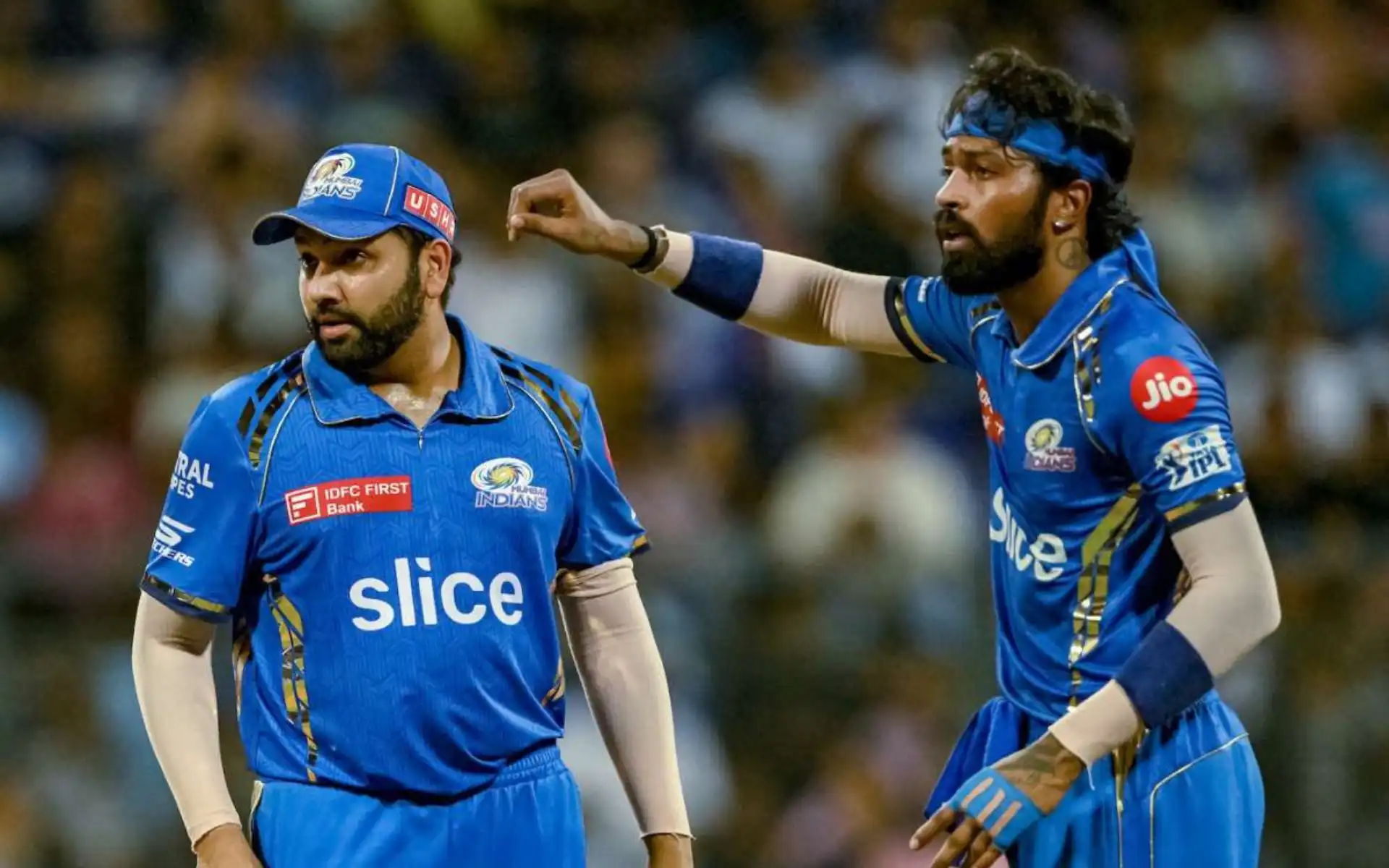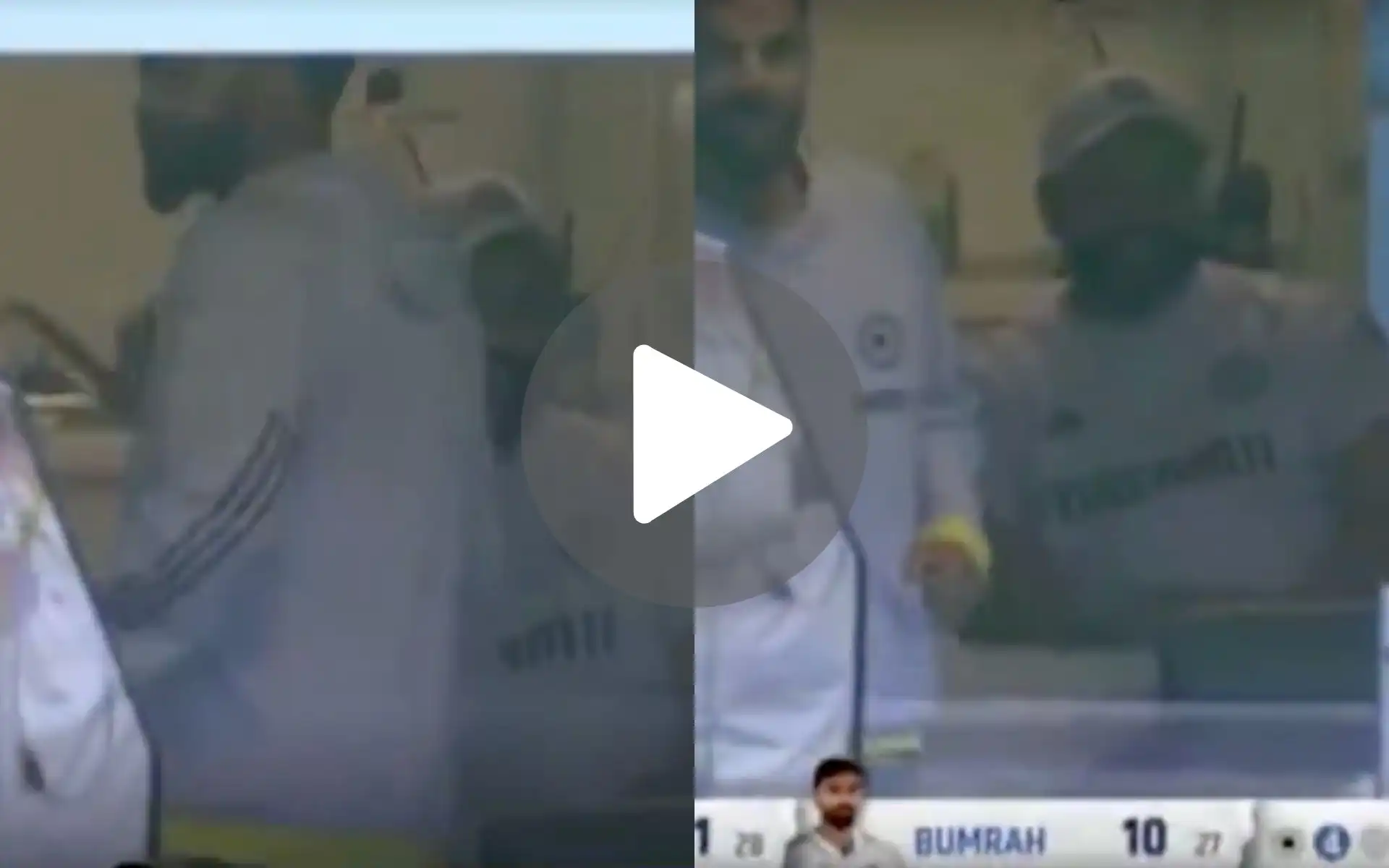.jpg?type=hq) Follow-on rule in Test Cricket (Source:@OneCricket)
Follow-on rule in Test Cricket (Source:@OneCricket)
The follow-on is a strategic decision that plays a critical role in Test cricket, where each team is given the opportunity to bat twice. It’s a tactic that can significantly alter the course of a match, as it forces the opposition to bat after their first innings. In this article, let’s take a closer look at the what is follow-on rule and its importance in Test Cricket.
What Is A Follow-On Rule In Test Cricket?
The follow-on is an option available to the captain of the team that batted first and holds a commanding lead over their opposition. It allows the team with the upper hand to force the opposition to bat again after their first innings.
It is important to note that, the opposition is required to follow their first innings by going back to the crease instead of having the usual interval between innings.
This decision can only be made after the completion of the third innings of the match, with the team batting second having had their first innings completed. A key rule is that the captain must notify both the opposing captain and the umpires about the decision to enforce the follow-on.
Law14.2 of the Laws of Cricket states: “A captain shall notify the opposing captain and the umpires of his/her intention to take up this option. Once notified, the decision cannot be changed.”
When Is the Follow-On Rule Enforced?
The decision to enforce the follow-on typically hinges on the state of the match. For the follow-on to be enforced, the team that batted first must have a significant lead over the opposition team. According to the rules, a team can enforce the follow-on if they are ahead by 200 or more runs.
The most recent example of the Follow-On Rule in cricket occurred on December 17, 2024, during the third Test match between India and Australia at the Gabba.
According to MCC Law 14.1.1, "In a two-innings match of 5 days or more, the side which bats first and leads by at least 200 runs shall have the option of requiring the other side to follow their innings."
When Can Follow-On Be Used?
- If the first team leads by 200 runs or more, they can impose the follow-on.
- In Test match where 3 or 4 days are left, the lead must be 150 runs.
- In a Test match where 2 days are left, the follow-on is 100 runs.
- In the match where 1 day is left , the follow-on is 75 runs.
Who Decides The Follow-On Rule?
The decision to enforce the follow-on is up to the captain of the leading team and depends on various factors:
- The pitch and weather conditions.
- The remaining time in the match.
- The bowlers' physical condition and fatigue levels.
![[Watch] Virat Kohli Dances In Joy After Akash Deep Silences Cummins In Gabba With A Six](https://onecricketnews.akamaized.net/parth-editor/oc-dashboard/news-images-prod/1734423368524_Virat Kohli_Akash Deep (1).jpg)
![[Watch] Cummins Crushes Ravindra Jadeja's Century Dream As Marsh Takes A Blinder](https://onecricketnews.akamaized.net/parth-editor/oc-dashboard/news-images-prod/1734420354880_jadeja_out.jpg?type=mq)
.jpg?type=mq)


.jpg?type=mq)
